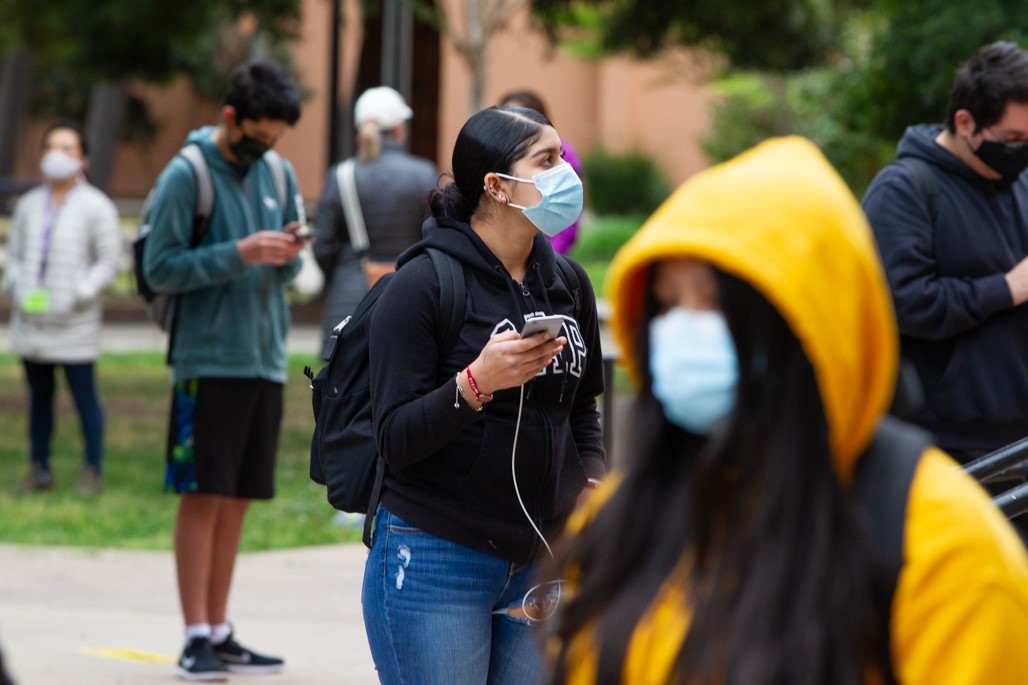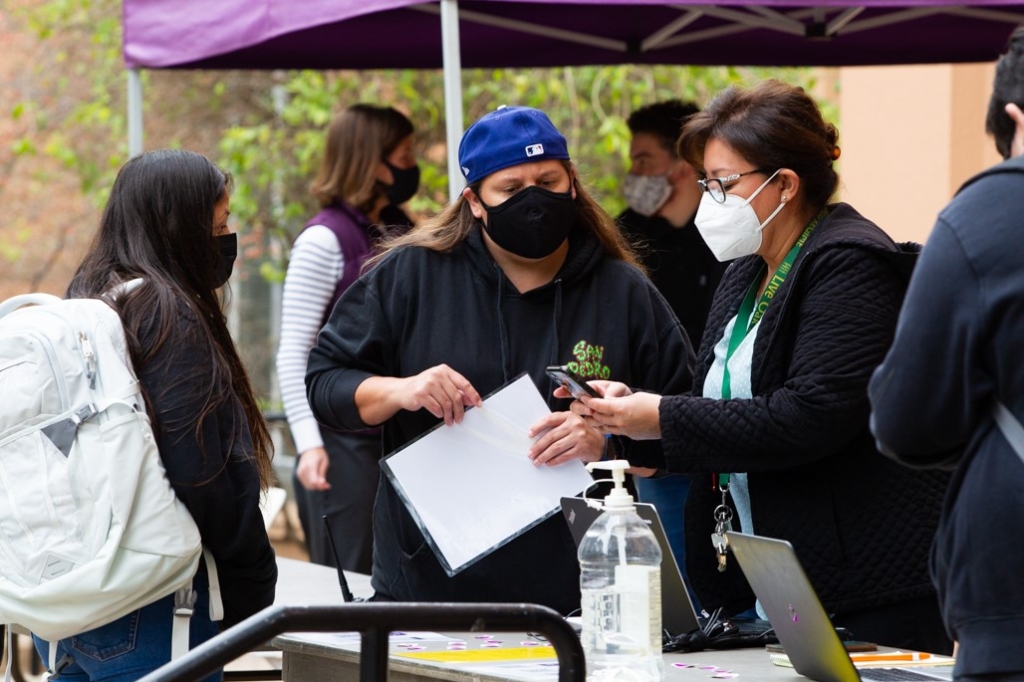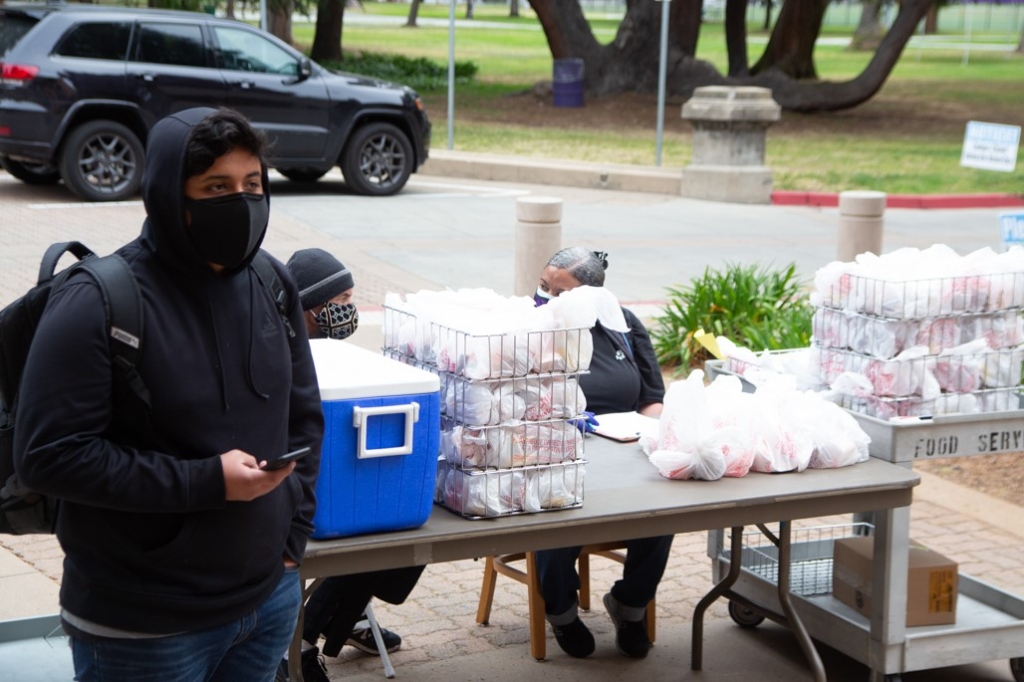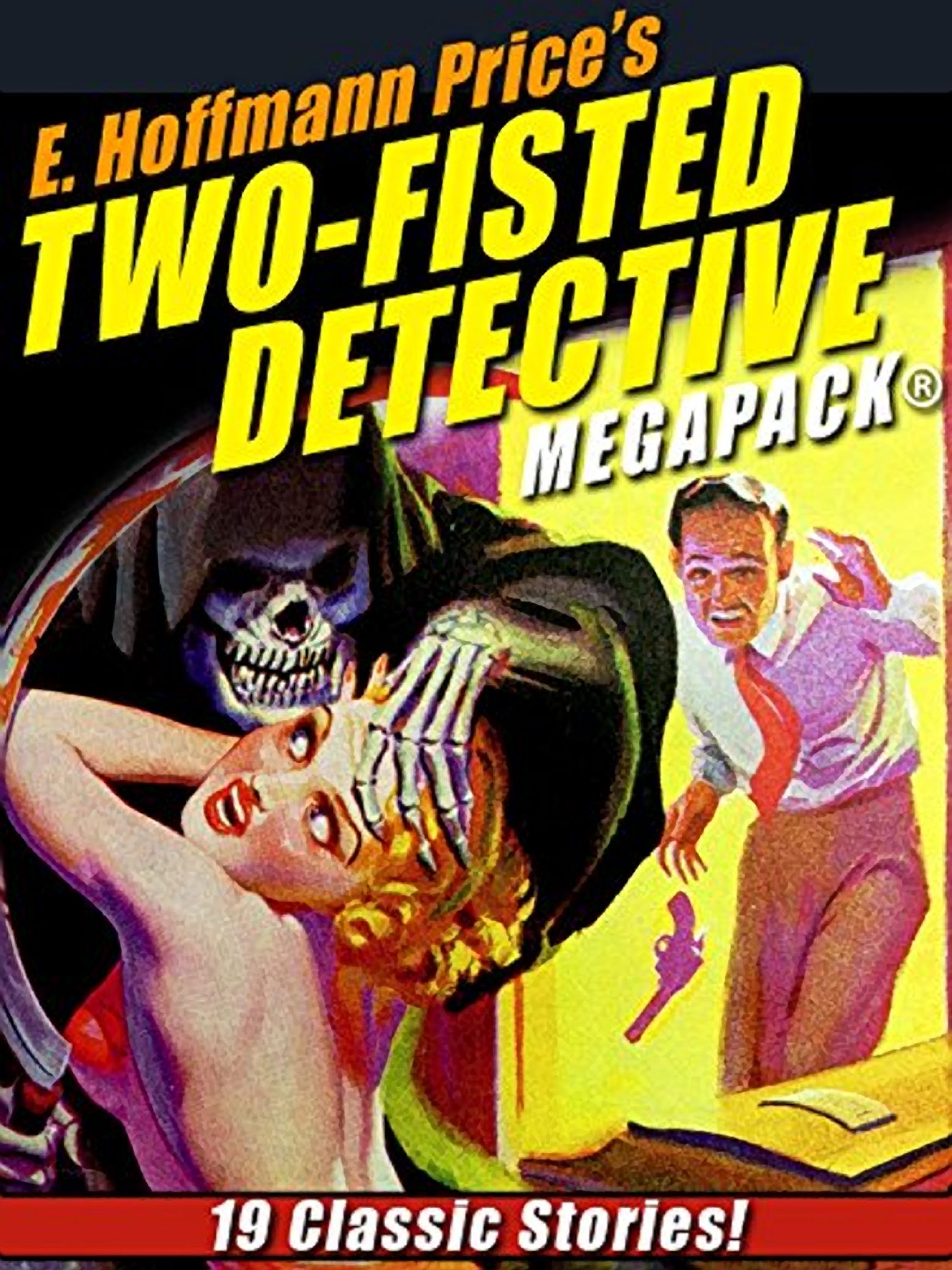Former Assemblyman Gene Mullin Dies at Age 83
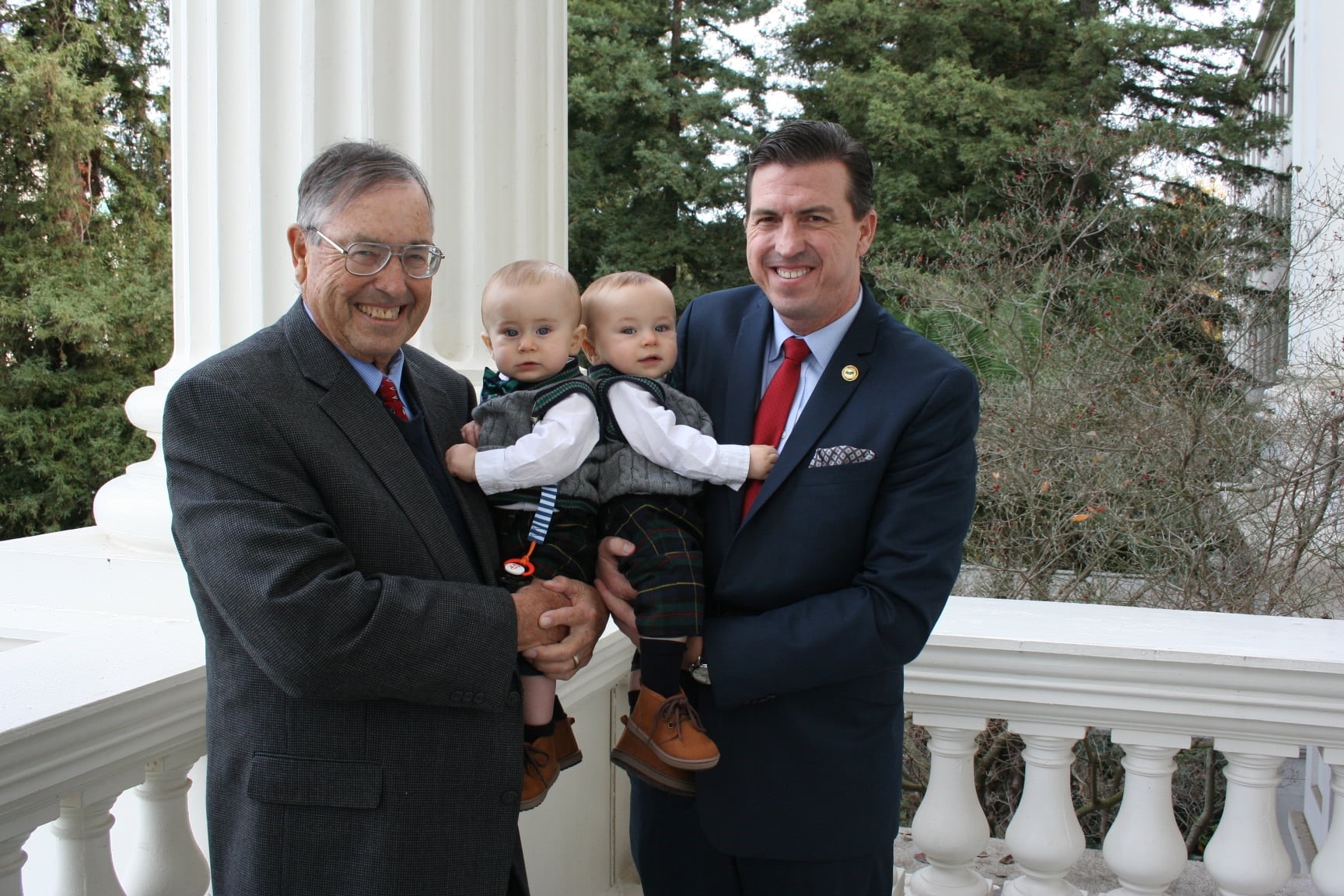
Former Assemblyman Gene Mullin passed away Monday, April 5 his son, Assemblyman Kevin Mullin, announced.
After a three year battle with cancer, he passed away at his home in South San Francisco surrounded by his family. “His legacy on civic engagement lives on through the lives of his legions of students, as well as his children and grandchildren,” Kevin Mullin said. “He was our proverbial North Star and we’ll never be the same without him.”
Mullin was a was a lifelong Bay Area resident. In addition to his career in public service, Mullin was a civics teacher at South San Francisco High School and awarded San Mateo County “Teacher of the Year” in 1991.
He went on to serve on as a South San Francisco City Councilmember and Mayor. Mullin served six years in the State Assembly member proudly representing San Mateo County, leaving office in 2008.
The South San Francisco City Council issued a statement and placed a black wreath at City Hall in honor of Mullin, “he was a hardworking public servant who gave so much of himself, time, and heart to this community – specifically his devotion to the youth in South San Francisco and his role in getting them involved in government.”
“His enthusiasm for representing his City and then representing our County were inspiring. In South San Francisco, a city he loved, we were fortunate to count him as our own.”
Congresswoman Jackie Speier reflected on the news of Mullin’s passing and said in a tweet, “Gene Mullin was a man whose generous heart was always overflowing, whose ethics were those of a theologian and whose mind was like Sherlock Holmes, always probing, always asking tough questions about what is in the public’s best interest.”
Mullin’s funeral services and burial will be private.

